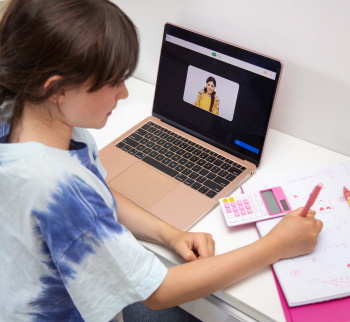How Website Psychology Can be Used to Increase Sales
- Written by NewsServices.com

The web design process is a complex and often underestimated part of any web development project. The newbie does not think much when it comes to the creation of a website. However, a professional web design agency plays a huge role in how people see and react to a website.
Additionally, using the right element for web design is important to stand out from the competition. While many may understand certain web design elements, not everyone goes deep into studying how those elements interact with the human mind.
Professionals in the field know that it goes far beyond simply having an attractive website. A good web design, if done correctly, should attract more visitors to a website and raises the website's importance and credibility; it should also be able to persuade and influence people to take action.
Even though great images and attractive design are essential in web design, it's also essential to take your design ideas even further by understanding how different elements can be used to influence the human psyche. Whether
The Psychology of Web Design
A good web design shouldn't just make your website attractive; it should impress visitors, retain their attention and influence them to take specific actions.
That's where the psychology of web design comes in. It involves using colors, space, and even typeface to help viewers connect with your website. When combined with emotional elements in web design, it gives viewers certain impressions and feelings about your business and product.
Now that you understand how vital web design psychology is to your website or business let's look at how you can make the best of it.
1) Color
Color can be a robust tool that significantly impacts the website's visitors. A web designer's color can affect a consumer's emotional reaction to your website. For example, blue represents calmness and trust, while green is associated with money and nature.
Black gives the idea of luxury. Making use of either yellow or orange on call-to-actions buttons often works perfectly; this is because these colors give a feeling of excitement and action.
2) Typefaces
The typeface of a website can convey tons of emotions and feelings for visitors to your website. There are several typefaces out there, and thanks to advancements in Web technology such as CSS3, these typefaces have also secured their way onto websites.
Typefaces are designed to be used in specific situations and for a particular purpose. For example, Sans serif fonts look sleek and modern; they're often associated with lightheartedness, professionalism, scholarly, and seriousness.
Comic sans, on the other hand, promotes fun. They are often used on sites aimed at younger people. Ensure you know your brand and who your audience is to enable you to determine the right font for your website.
3) Space
When a webpage is too crowded, it tends to look chaotic and disorganized, which can be a significant turn-off to most visitors. On the other hand, one with little content or uncomplimentary design elements seems weak and not actual. It's essential to find the right mix of design and content saturation that's pleasing, then balance both to get a positive feeling from visitors.
Conclusion
Are you in the market for updating your website? Great! The psychological approach listed in this article has been tested over time, and any web design company can include it in the scope of your project.
To learn how to integrate psychology into your website and use it to improve your sales and leads, get in touch with an multi-award winning Gold Coast website design company, Gold Coast WordPress developers who also specialise in Gold Coast eCommerce web design.



















